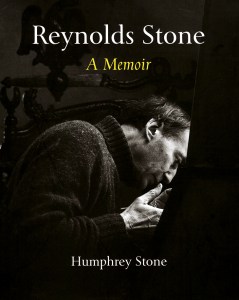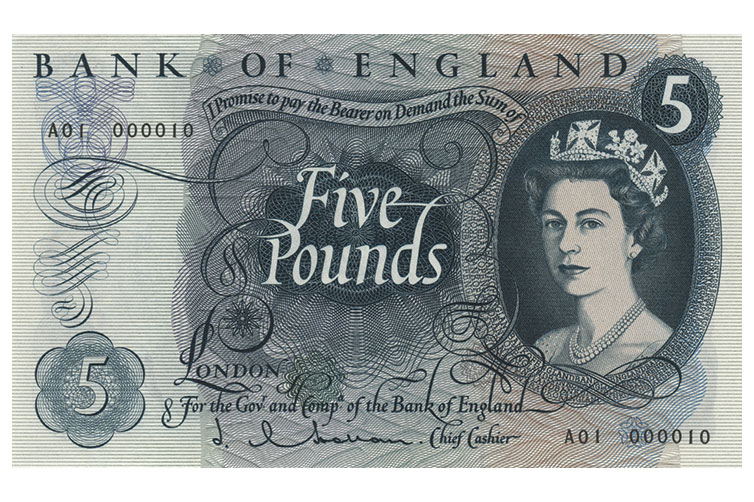
His work has not gone unrecorded, with books on his engravings by Myfanwy Piper (1951) and Kenneth Clark (1977), but Humphrey Stone’s book, part biography, part visual survey, fills out the picture of his father’s personality, milieu and achievement. Reynolds Stone spent most of his adult life in an old rectory and its wild garden in West Dorset, a place he was reluctant to leave. Lacking any institutional training, he had already formed his artistic personality by the time of his marriage to Janet Woods in 1938. Even if the book were not a family memoir, Janet, an aspiring opera singer who delighted friends with her Victorian-style dresses and liveliness, would still play a considerable part in her husband’s story. She attracted scholars, writers, musicians and artists to Litton Cheney, photographed them and corresponded widely, including with Kenneth Clark, who, as his biographer James Stourton has revealed, enjoyed Janet’s company but left most of her letters, hundreds of them, unopened.
Engraving by Reynolds Stone for Saint Thomas Aquinas, edited by George N. Shuster and published by the Limited Editions Club in 1971
Among the different art forms that he practised, Reynolds Stone has rightly been most highly valued for his wood engravings. Typically, these depict the country, with glades, dells, churchyards and ruins embowered in delicately flecked greenery. In illustrating books, he brought a deep interpretative sympathy to very varied texts, from Jean-Jacques Rousseau to Thomas Aquinas. He developed a genre of lettering in the medium as well, for majestic full-page inscriptions in ‘Trajan’ capitals, and for cursive italic bookplates. As early as 1935 the bibliographer John Carter, his cousin, wrote, ‘It is difficult to mistake his work for that of any other artist.’
The London Library bookplate, designed by Reynolds Stone
in 1951
A brief encounter with Eric Gill in the 1930s eventually led Stone into letter-cutting on stone. At his home, this activity took place in a former barn, where a succession of assistants did most of the physical work to his designs, including Michael Harvey and John Andrew, who became well known in their own right. The names of some of those commemorated form an index to those times: Winston Churchill, Duff Cooper, Benjamin Britten.
A lesser-known aspect of Stone’s production, hardly considered in this book, was his published writing. In addition to introductions to the work of fellow engravers Thomas Bewick and Gwen Raverat, he contributed pieces to the Times Literary Supplement, which in his time were published anonymously but can now be identified, as well as several letters to the BBC’s magazine The Listener. While they do not necessarily alter our opinion of his visual work, they help in understanding the qualities of mind that made his company and conversation valued by figures such as Iris Murdoch (who incorporated a wood engraver in her 1964 novel, The Italian Girl), and his Dorset neighbour the novelist Sylvia Townsend Warner.
Colophon designed by Reynolds Stone for Encyclopaedia Britannica International Limited for its bicentenary in 1968
In an article for Apollo in October 2004, I tried to situate Stone in a putative ‘George VI style’, a span of years during which his path was set and from which he never deviated. Classicism was the basis of this style, with none of the sketchy quality often found among the Edwardians, but instead something purified, cool and sometimes even a little glacial in its perfection. It was not a uniquely English trend, finding echoes in the typographic transition of the German former modernist Jan Tschichold to the dolls’ house grandeur seen in his style identity for King Penguin books. Unlike Tschichold or his friend John Piper, Stone had never been through a stage of modernist purification, but exercised a similar combination of logic and restraint in his design work, while as a pictorial artist his Romantic tendencies were restrained by attentive observation that can result in deeper insight. Townsend Warner described him ‘look[ing] at trees with an astonishing degree of love and trust and penetration; almost as though he were exiled from being a tree himself’.
Forty years after his death, Stone may come across as a privileged, irrelevant figure in his rural seclusion. He has yet to enjoy a revival of the kind accorded to his slightly older contemporaries Ravilious and Edward Bawden. Yet as the passport arms suggest, he was able to give a warmth to perfection that carries down the years, and Humphrey Stone’s book gives the most complete visual representation yet of what he did, with a narrative and analysis from first-hand knowledge that will allow others to build on his foundations.
Reynolds Stone: A Memoir by Humphrey Stone is published by the Dovecote Press.
From the April 2020 issue of Apollo. Preview and subscribe here.
